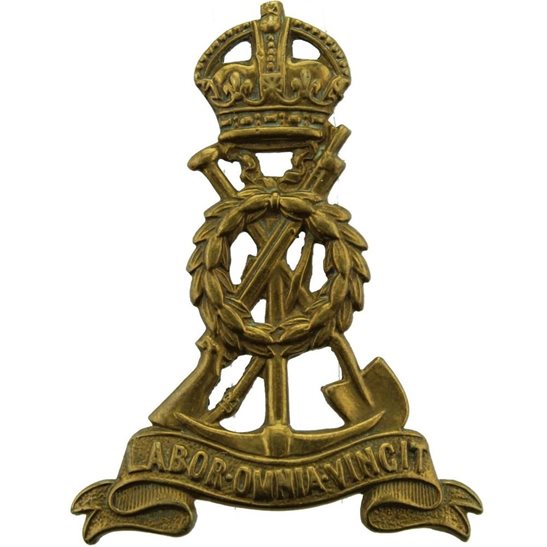Personal Details
Born: He was born Wallace Ryder on 31 January 1894 in Whitchurch, Shropshire and baptised on 4 July the same year at St Alkmund’s church.
Family: He was the son of Sarah Ryder from Blackoe, near Whitchurch. He was adopted by Thomas and Eliza Hodgkiss who brought him up with their own children. He married Rose E Higley in 1930 in Whitchurch and together they had one child – Lucy M.
Residence: His mother came from Blackoe, near Whitchurch. The Hodgkiss family lived at 6 Mill Cottages, Grindley Brook, Whitchurch where he continued to live until at least 1939. The probate record indicates his address at the time of his death was 83 Alkington Road, Whitchurch.
Employment: In 1911 he was a van boy employed by the Whitchurch Co-operative Society, working there for 4½ years. From there he went to the London and North Western railway as a boy labourer in 1913. Wallace left the LNWR in May 1915 – presumably to enlist. By 1920 he had returned to his employer and was working as a plater’s helper; a job he was still held in 1939.
Died: 28 February 1977 in Whitchurch.
Military Details
Regiment: Labour Corp (previously The King’s (Liverpool Regiment))
Rank: Private
Service Number: 47573 (previously 42846)
Date of Enlistment: After May 1915
Date of Discharge: Not known
Reason for Discharge: Not known
Wallace was awarded the Campaign Medals (British War Medal and Victory Medal).

The British War Medal (also known as 'Squeak') was a silver or bronze medal awarded to officers and men of the British and Imperial Forces who either entered a theatre of war or entered service overseas between 5th August 1914 and 11th November 1918 inclusive. This was later extended to services in Russia, Siberia and some other areas in 1919 and 1920. Approximately 6.5 million British War Medals were issued. Approximately 6.4 million of these were the silver versions of this medal. Around 110,000 of a bronze version were issued mainly to Chinese, Maltese and Indian Labour Corps. The front (obv or obverse) of the medal depicts the head of George V. The recipient's service number, rank, name and unit was impressed on the rim.
The Allied Victory Medal (also known as 'Wilfred') was issued by each of the allies. It was decided that each of the allies should each issue their own bronze victory medal with a similar design, similar equivalent wording and identical ribbon. The British medal was designed by W. McMillan. The front depicts a winged classical figure representing victory. Approximately 5.7 million victory medals were issued. Interestingly, eligibility for this medal was more restrictive and not everyone who received the British War Medal ('Squeak') also received the Victory Medal ('Wilfred'). However, in general, all recipients of 'Wilfred' also received 'Squeak' and all recipients of The 1914 Star or The 1914/1915 Star (also known as 'Pip') also received both 'Squeak' and 'Wilfred'. The recipient's service number, rank, name and unit was impressed on the rim.

